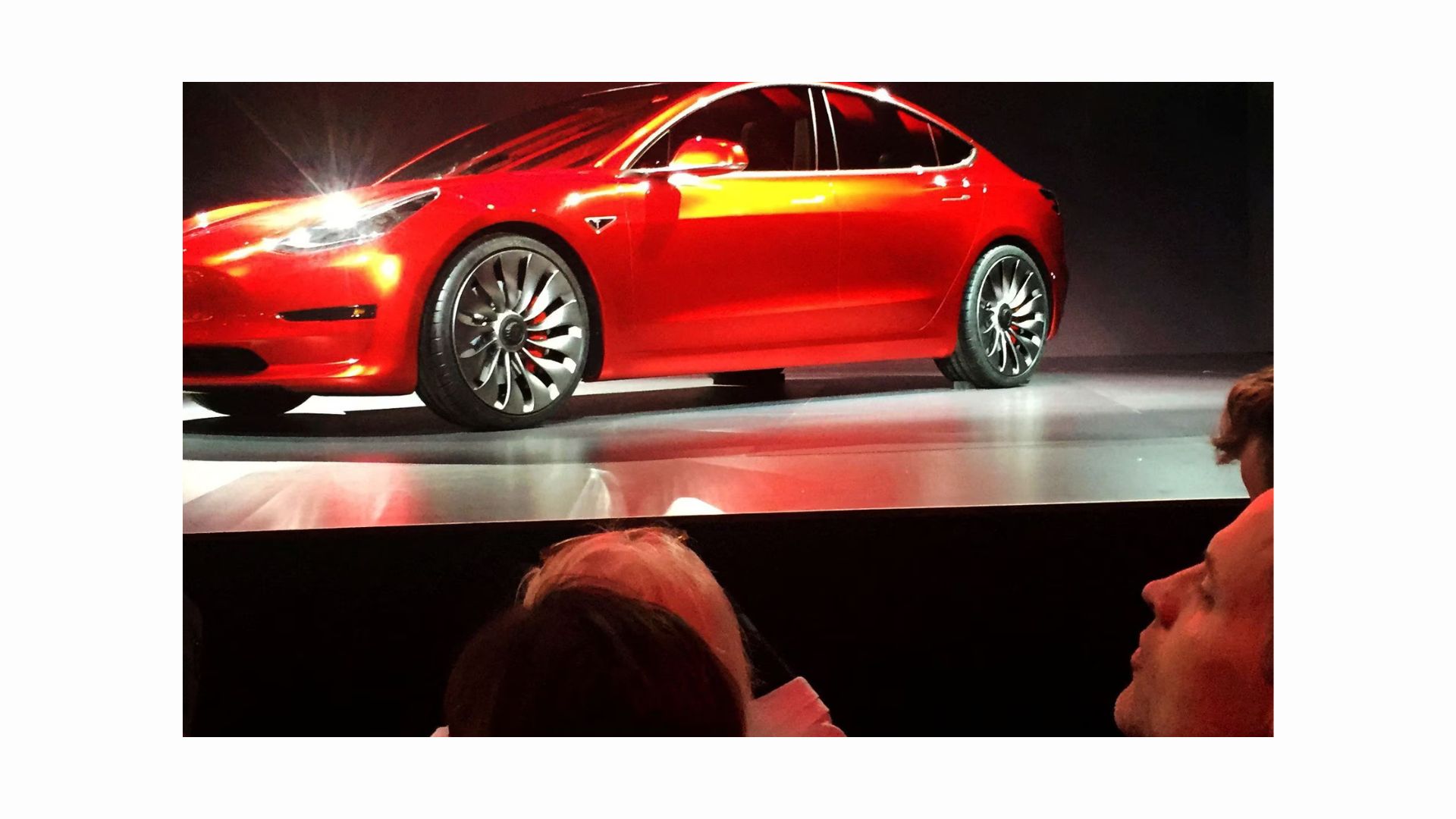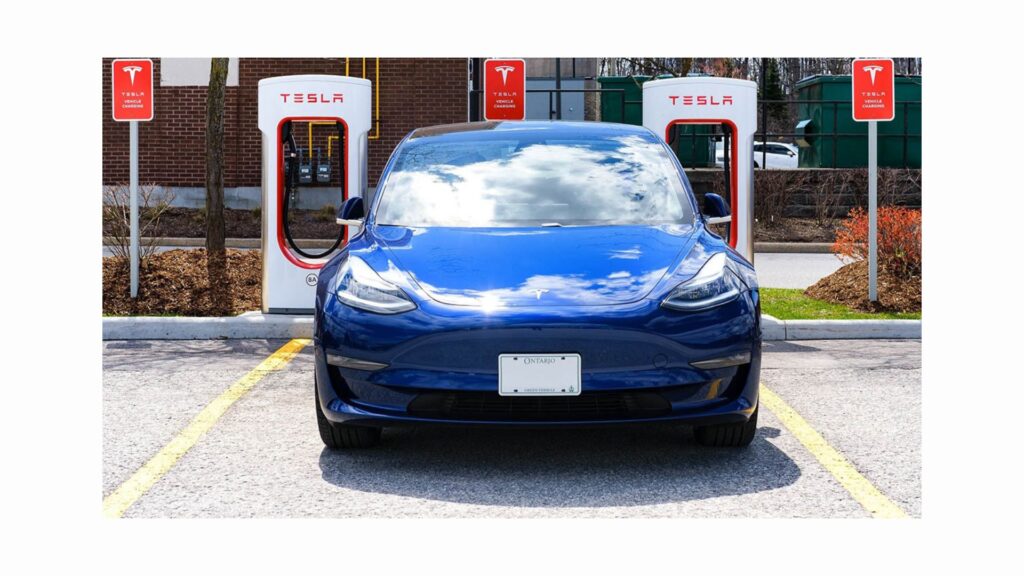Tesla’s recent decision to slash the prices of its Model 3 units in inventory by a substantial $5,500 signaled that the company was gearing up to unveil Project Highland, a long-awaited and much-anticipated revamp of its most affordable car. While some headlines have prominently featured the impressive 421-mile (678-kilometer) WLTP range that the electric vehicle (BEV) manufacturer revealed, it’s hard not to wonder if this range boost is the sole noteworthy enhancement the Model 3 has received. The burning question on many minds is whether this refresh might be deemed “too little, too late” in the ever-evolving world of electric automobiles.

The release of Tesla’s latest iteration of its most affordable vehicle has raised some eyebrows among previous owners. Many immediately questioned the fate of the foglights – did they suffer the same fate as the ultrasonic sensors? Some eager enthusiasts rushed to clarify that the foglights were relocated to the headlights, raising concerns about their efficiency. After all, foglights are traditionally positioned low for a reason: to provide clear ground illumination with minimal interference from mist. It appears that cost-saving considerations may be the primary driver behind these design choices.
One notable change is the removal of the stalks, bringing the Model 3 in line with the system found in the Model S and Model X. However, this move now restricts drivers to making gear selections solely through the central screen, a decision that has left some drivers feeling uneasy.
Read more: Car Crash Highway 17: Multi-vehicle Crash in Delta Sends 4 people to hospital
It’s worth noting that in 2020, the Higher Regional Court in Karlsruhe, Germany, ruled that a Model 3 driver was at fault when attempting to use the touchscreen while driving. The judges categorized the touchscreen as an electronic device akin to a tablet or smartphone, permitting operation only while the vehicle was parked. This ruling came after an incident in which the Model 3 driver attempted to adjust the windshield wiper speed and ended up colliding with an embankment and trees on March 15, 2019. Fortunately, there were no injuries. The latest Model 3 Highland seems to have consolidated even more functions onto this single screen, raising questions about the potential for distracted driving.
The latest alterations to the Model 3 are hard to ignore. The taillights have been downsized and simplified, undoubtedly a cost-saving measure, but it’s a more subtle change that truly underscores Tesla’s focus on economizing. The absence of what many expected – mega castings – speaks volumes. Had such castings been introduced, Tesla would undoubtedly have showcased them with enthusiasm. The omission leaves us with a few possible interpretations.
Read more: Toyota Fortuner Type 2 converted with Lexus kit along with Tesla-style touchscreen [Video]
One perspective is that, given the Model Y’s successful incorporation of these components and the upcoming adoption in the Cybertruck, Tesla could have leveraged Project Highland to introduce them to the Model 3, potentially reducing manufacturing costs. However, this would have required significant development investments, justifiable only if Tesla anticipated selling the Model 3 in high volumes for another extended period. If not, it implies either a lack of confidence in its future sales potential or a prediction of its imminent demise.
Alternatively, Tesla’s hesitation to implement mega castings might be due to quality concerns. A recent case involving a cracked component highlights the need for improved quality control before scaling up such manufacturing solutions. This urgency predates the introduction of massive cast parts, as exemplified by the omission of a brake fluid reservoir cap.
Even the claimed range improvement raises eyebrows. Recent revelations from Reuters cast doubt on Tesla’s range figures. On July 27, Reuters reported that Elon Musk had ordered all Tesla vehicles to display their best possible range regardless of real-world conditions. Cold weather or mountainous terrain could substantially reduce the actual range, leading to significant distortions in advertised figures. In response, three Tesla customers filed lawsuits against the company. The most extreme case featured James Porter, who drove only 92 miles yet saw his 2022 Tesla Model Y Performance, officially rated at an EPA range of 303 miles, lose a staggering 182 miles of range.
Read more: Is The Maruti Jimny Safe? Bus Ramming Tests The Off-Roader
If the Model 3 indeed achieves a 421-mile range on a full charge, it would surpass the Model S as Tesla’s longest-range vehicle, even under the WLTP cycle (634 km, or 394 mi). Interestingly, Tesla reports a slightly lower range of 629 km (391 mi) on its pages showcasing the Model 3 Highland. Did they update only the images and not the data? It’s crucial to emphasize that this range was determined under the more generous, albeit less realistic, WLTP cycle, which differs significantly from the EPA cycle.
As previously discussed, the Environmental Protection Agency (EPA) offers automakers the choice of two testing procedures, each yielding different results. The standard method includes a road cycle and an urban cycle, followed by an adjustment factor that reduces the range by 30%. Some automakers opt for the more generous five-cycle testing procedure, further complicating direct comparisons between the two sets of data. Adding to the complexity, automakers conduct these tests and present the results to the EPA, which has, in some cases, mandated reductions in reported figures following audits.
To sum it up, Tesla’s efforts on its once-best-selling Model 3 seem insufficient to spark a sales revival. The changes primarily focus on cost-cutting measures, with minimal investments in genuine innovation. Some Tesla supporters draw parallels with Volkswagen’s original Beetle, questioning whether it has truly evolved much. The Beetle remained largely unchanged for almost seven decades before being phased out. If this is Tesla’s plan for the Model 3, we may be in for a long period of incremental updates with limited innovation.
Table of Contents
Follow us
| Please Follow us on Social Media | |
| Click Here | |
| Click Here | |
| Click Here | |
| Youtube | Click Link |
| Wheelwale Home | Click Here |

